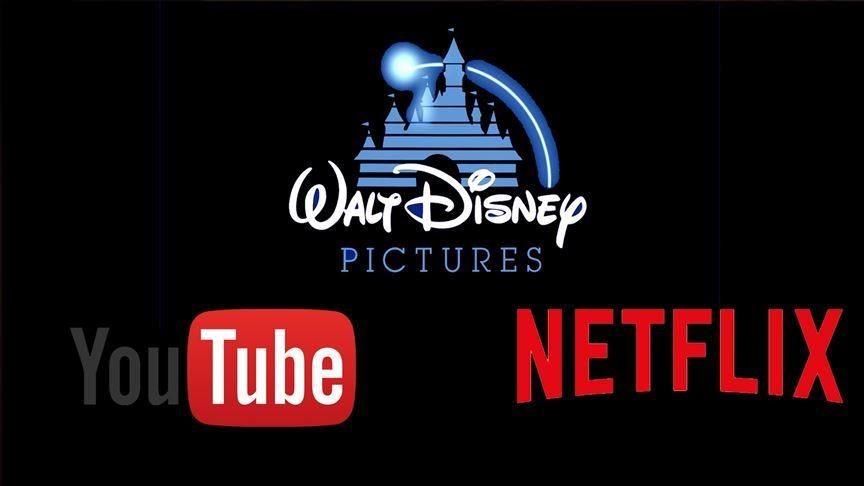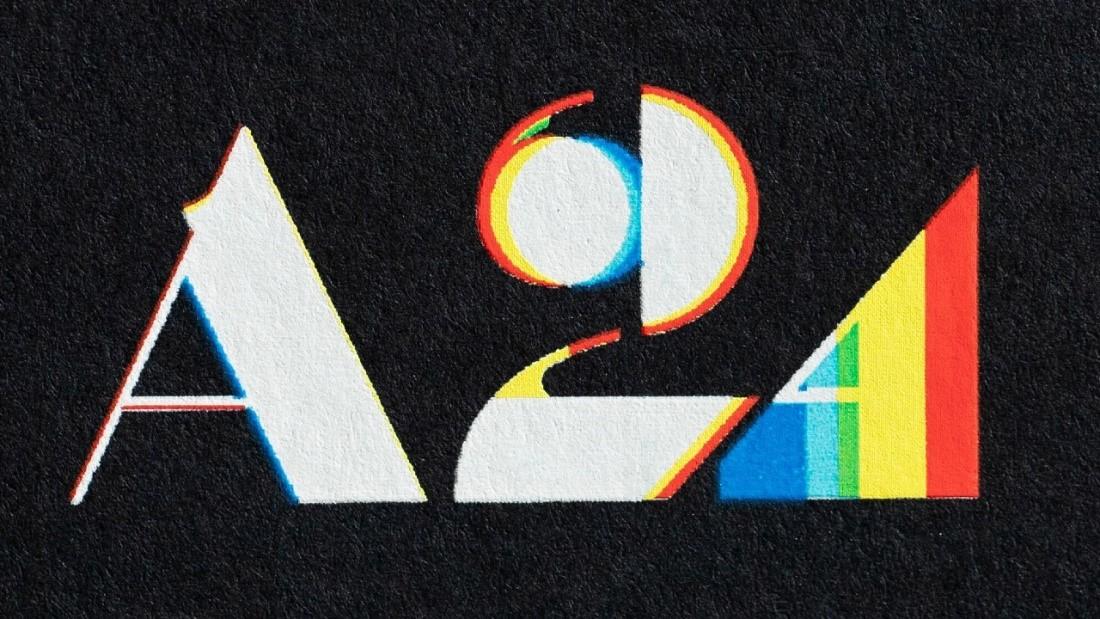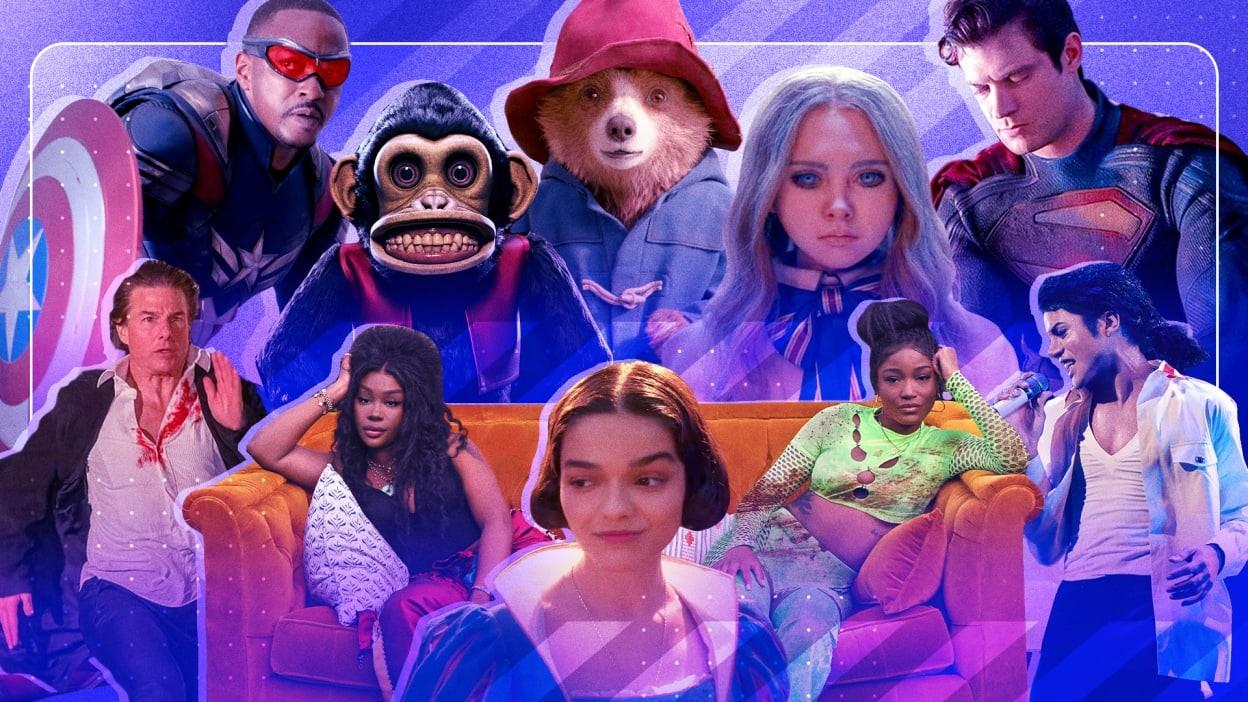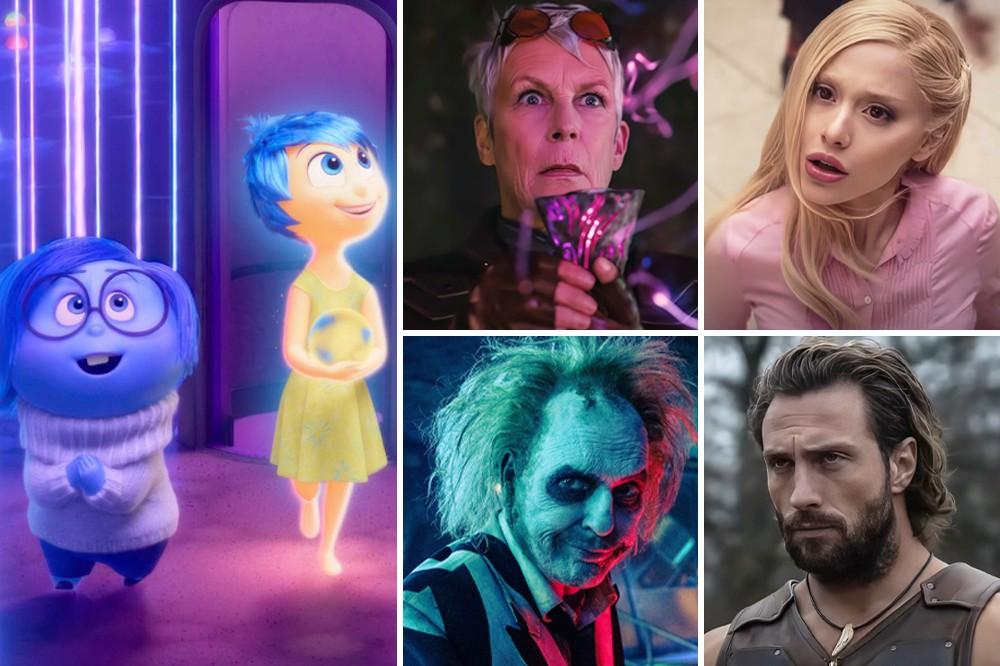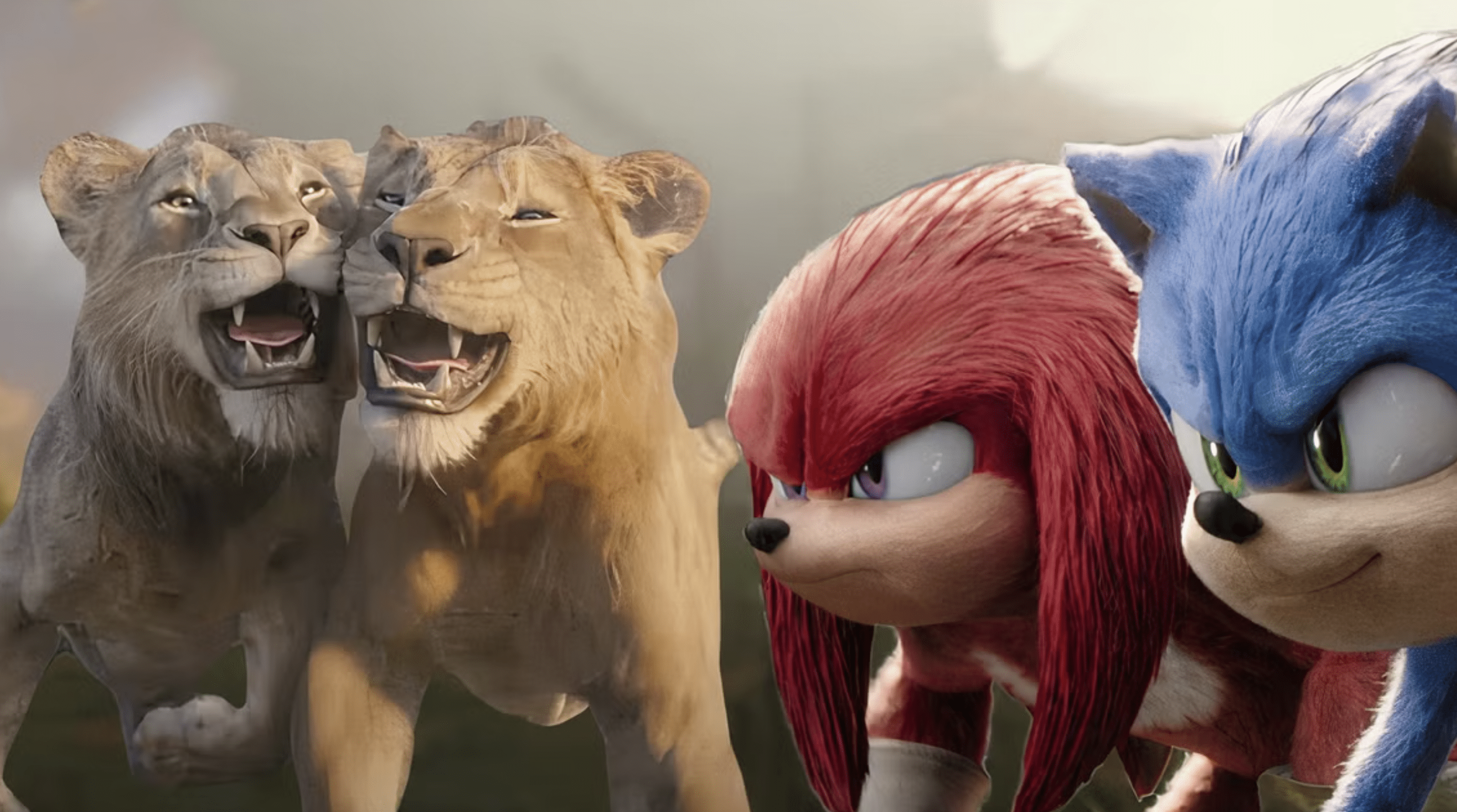While most discussions about the “streaming wars” compare platforms such as Netflix, Disney+, Max, Amazon, and Apple Google’s YouTube is the most watched streaming platform by far. In an analysis of all connected and traditional TV viewing in the U.S., YouTube made up 9.7% of all streaming and TV consumption with Netflix coming in second at 7.6%.
YouTube has ballooned in value since Google acquired it in 2006, with the platform now having an estimated value of $400 billion. Given its position in streaming, leaders at traditional streaming services debate whether it makes more sense to use YouTube as a means to reach viewers or instead treat it as a competitor.
Disney has decided to use YouTube as a means to reach viewers, by releasing certain series from Disney+ and Hulu directly onto YouTube. They have used this strategy to promote kids series including “Bluey,” “Spidey and his Amazing Friends,” and “Mickey Mouse Clubhouse.” Disney execs have concluded that releasing episodes of these series on YouTube helps promote them to viewers who have not yet subscribed to Disney+ or Hulu.
In the end, that exposure can lead to sign-ups for the platforms. Internal research at Disney has shown this strategy to be successful and the studio plans to continue it. Warner Bros. has taken a mostly distant approach to YouTube, considering it to be addressing a different audience than their streaming service Max. According to a 2023 Pew research study, roughly 93% of teenagers say they actively use YouTube, and 61% of 18–24-year-olds said user-generated content on YouTube is their favorite form of media.
The movies and series on Max are geared toward viewers who are 35 and older. The thought is that audiences will eventually “age out” of watching content on YouTube and eventually move towards platforms like Max. Whether young viewers do in fact “age out” of YouTube will determine the long-term viability of current streaming platforms.

